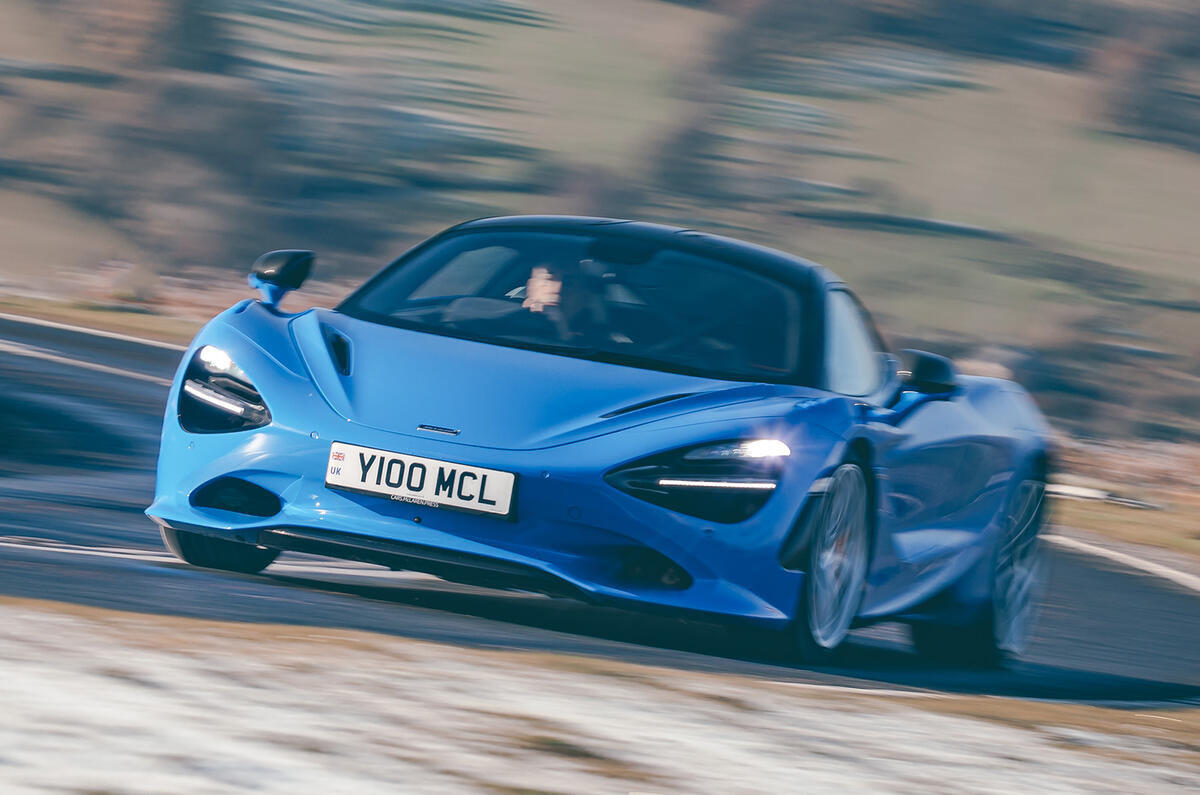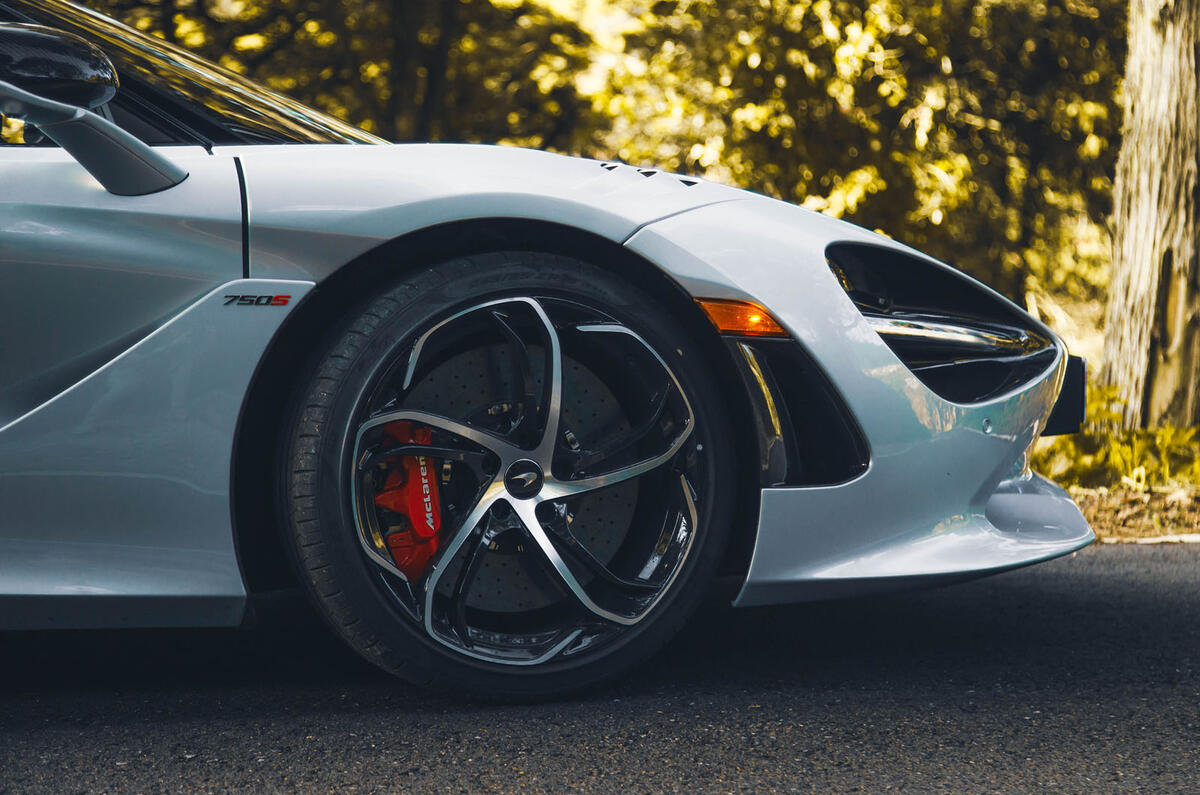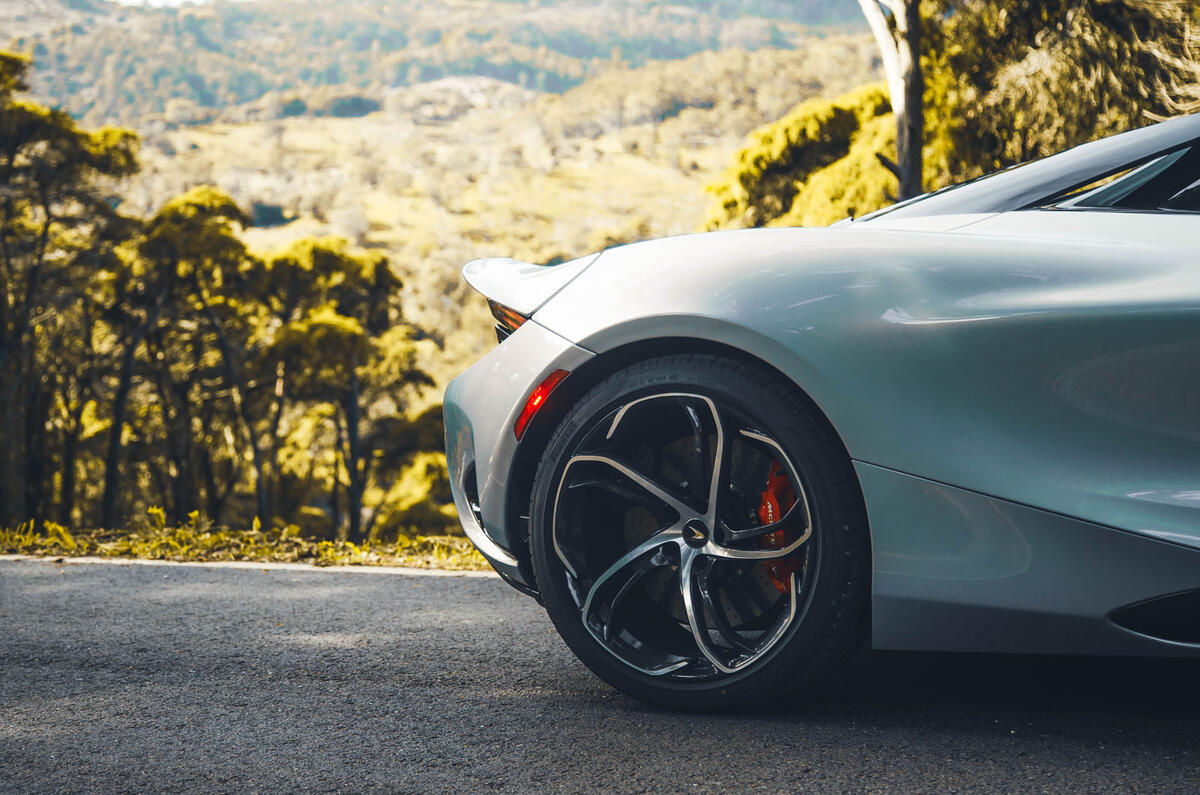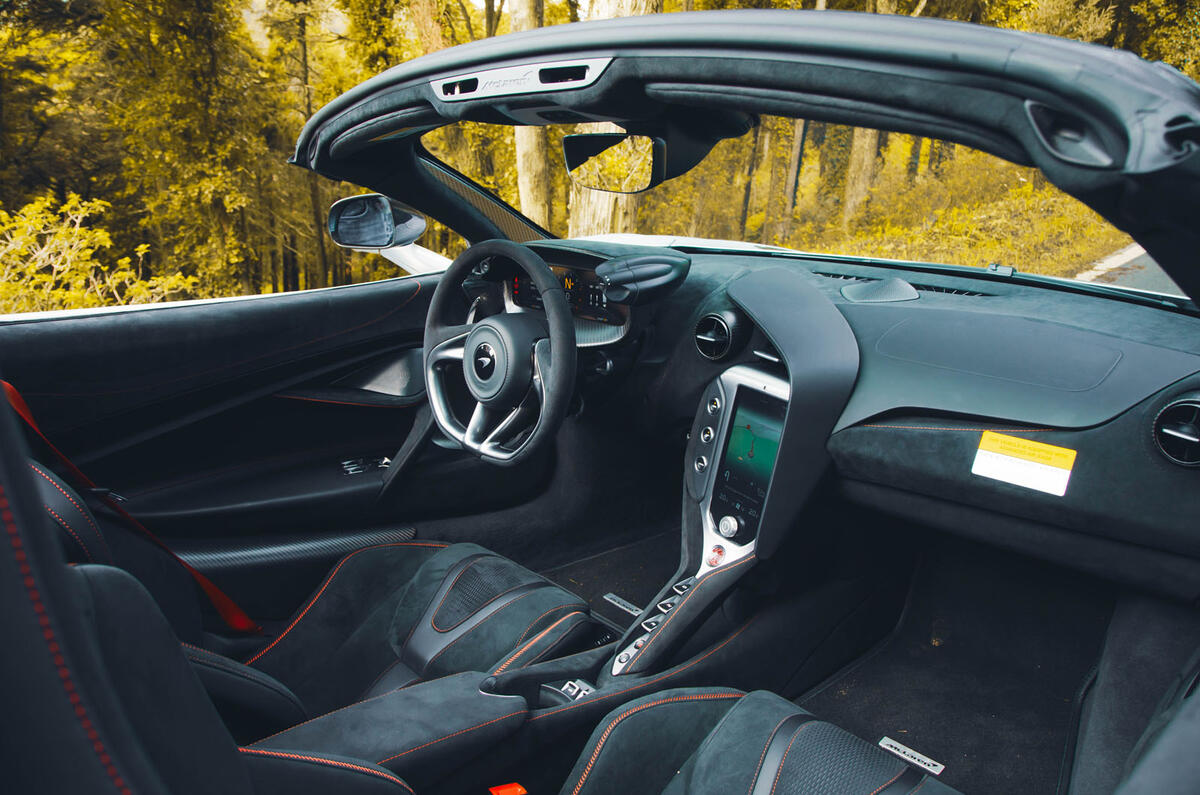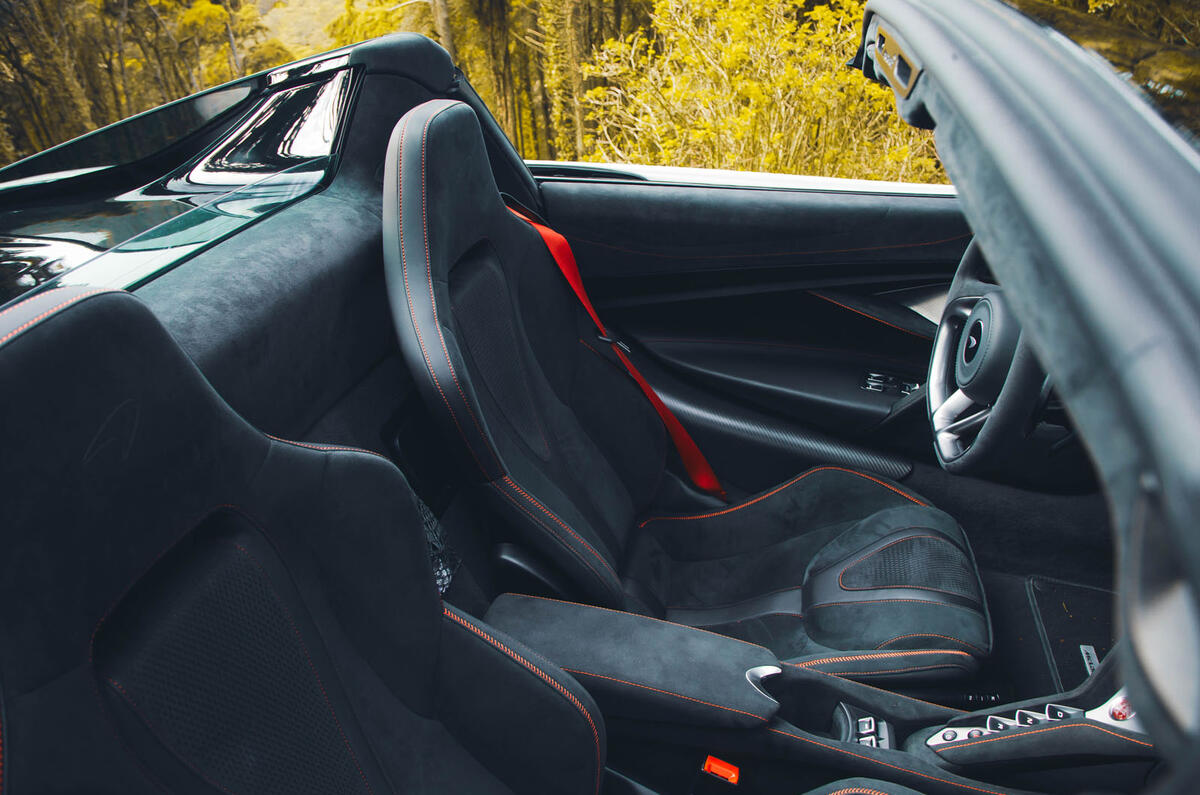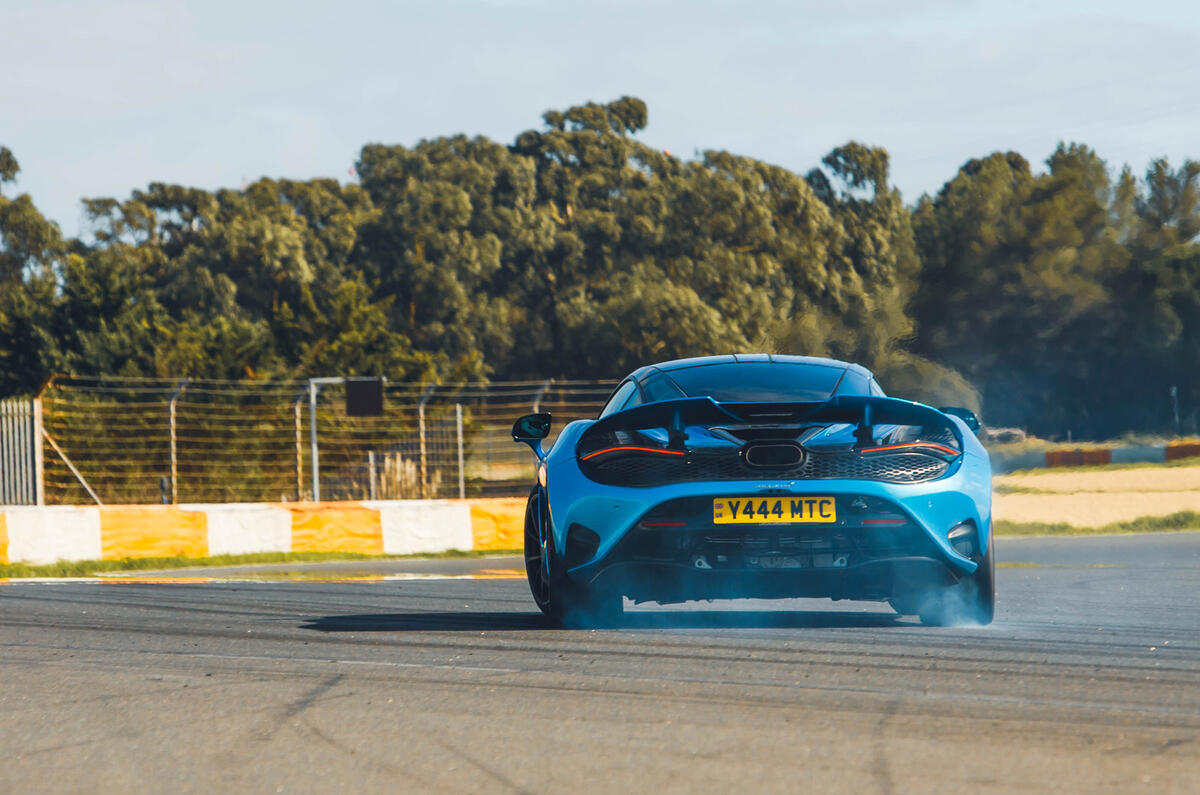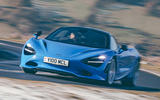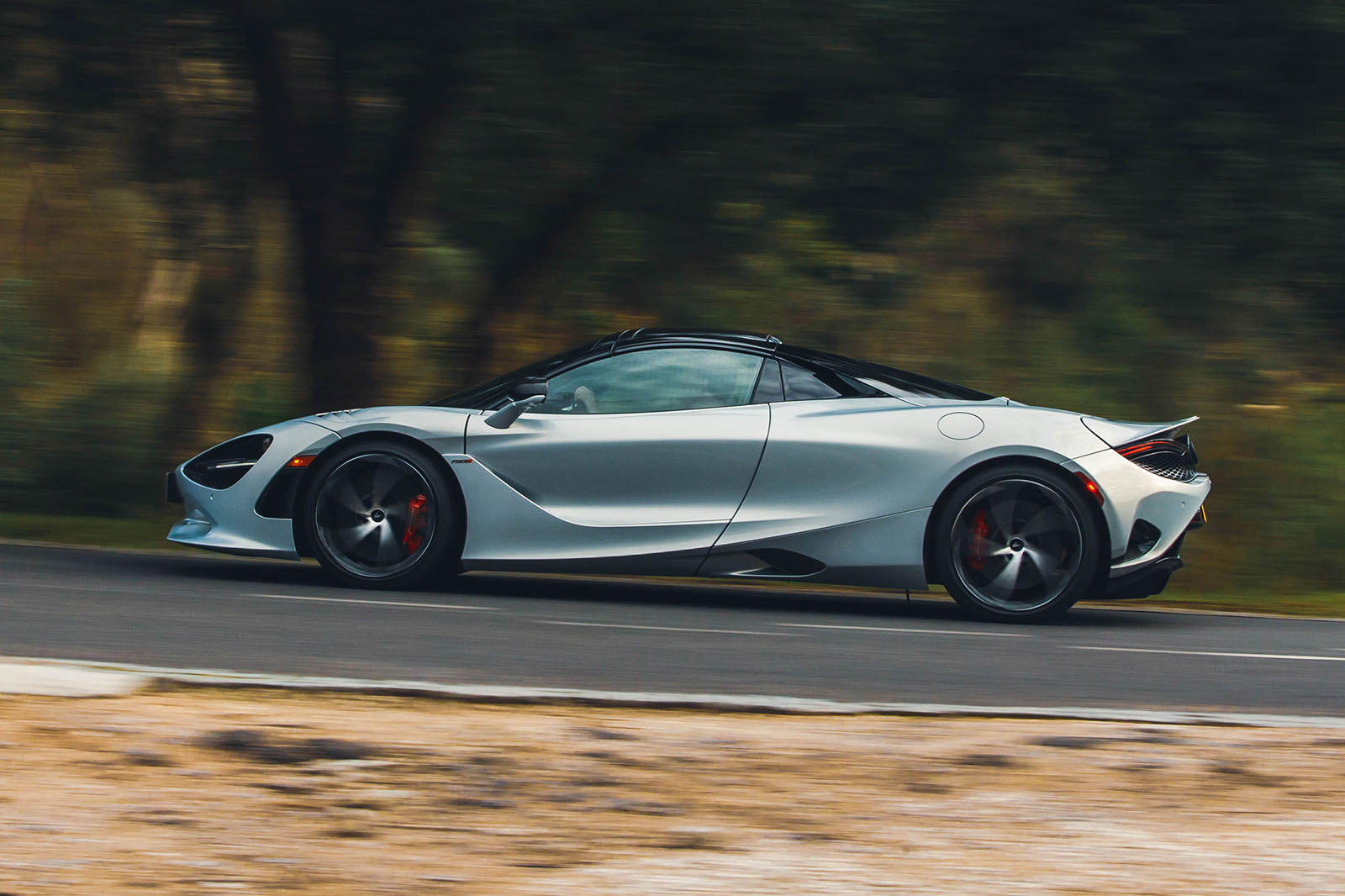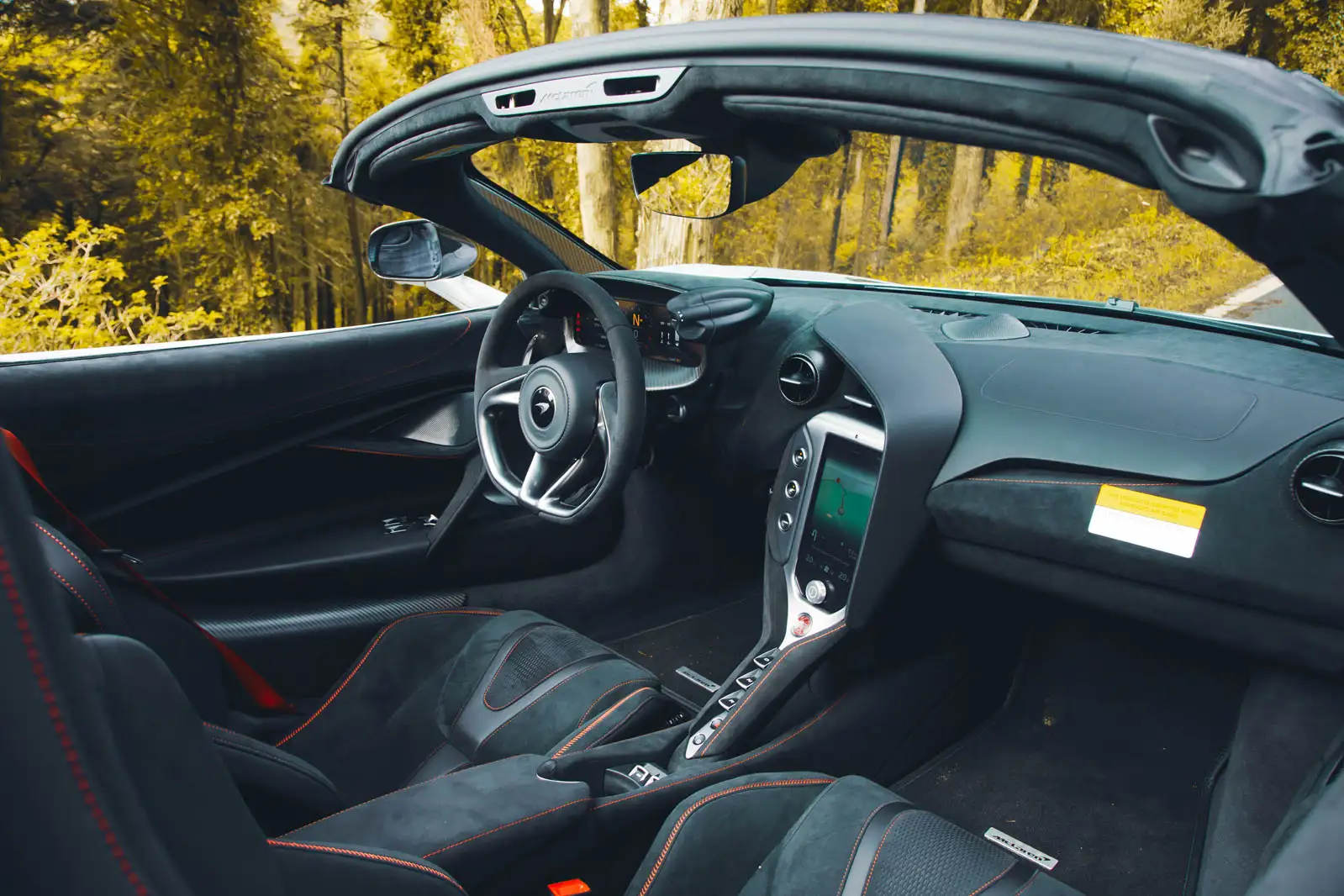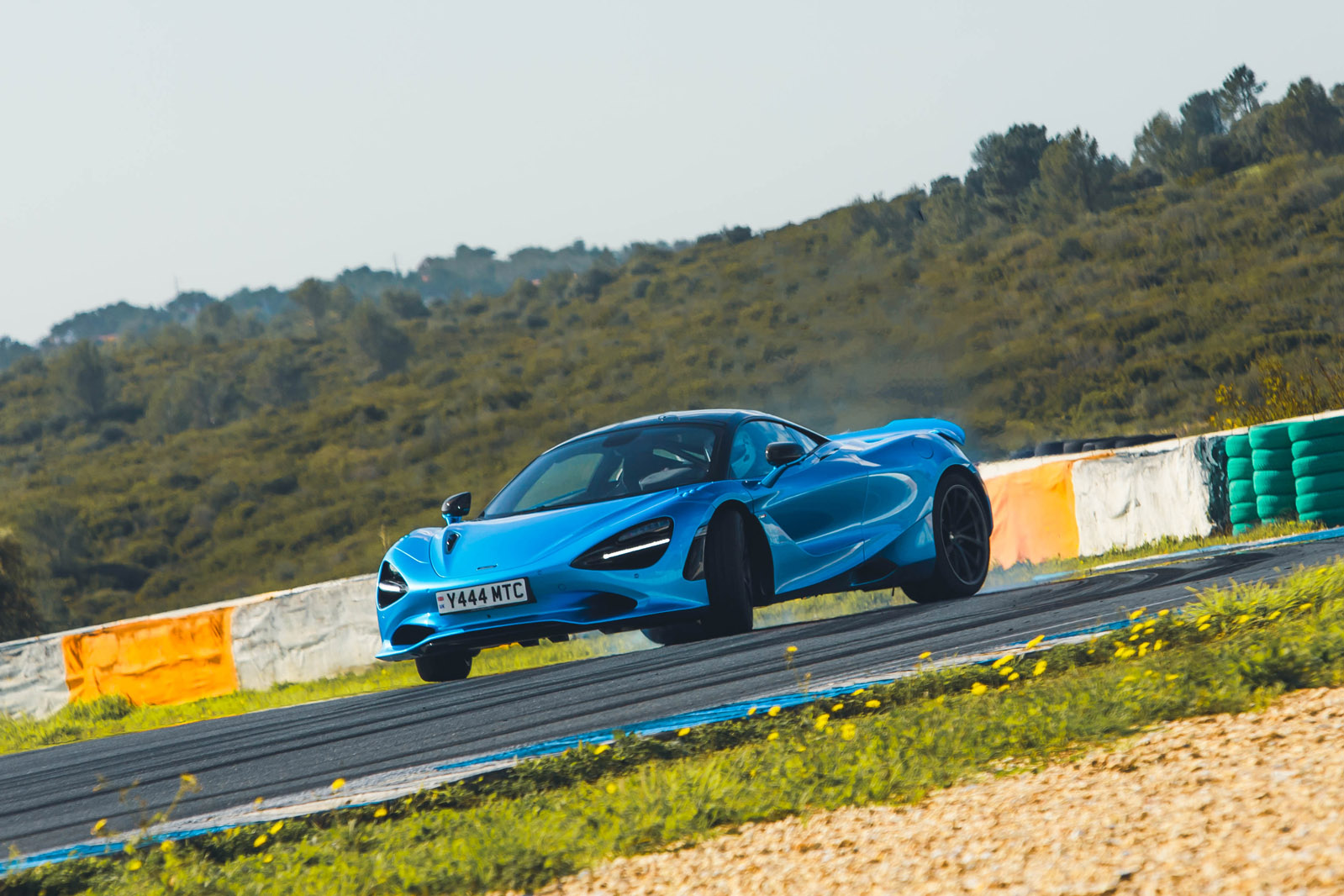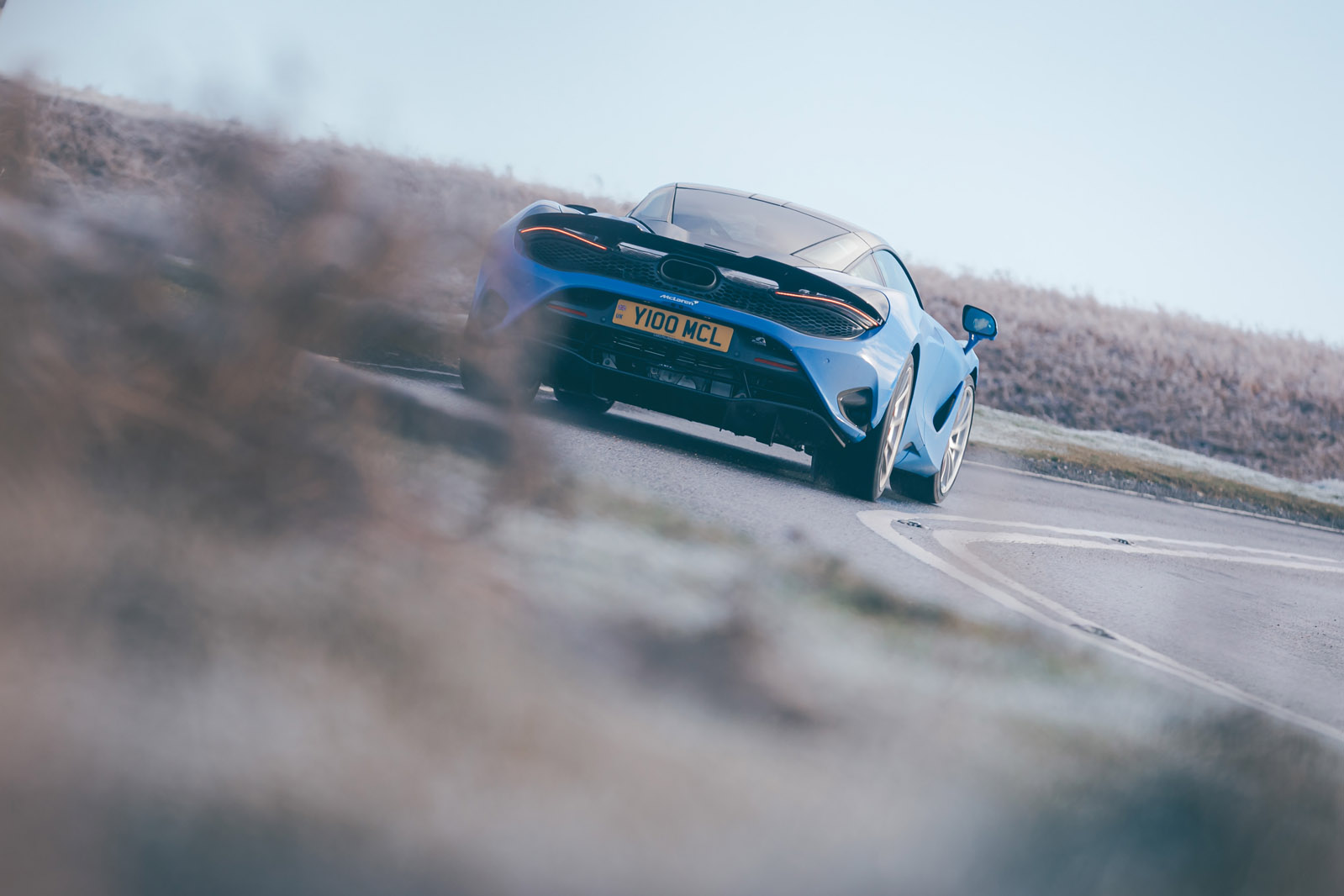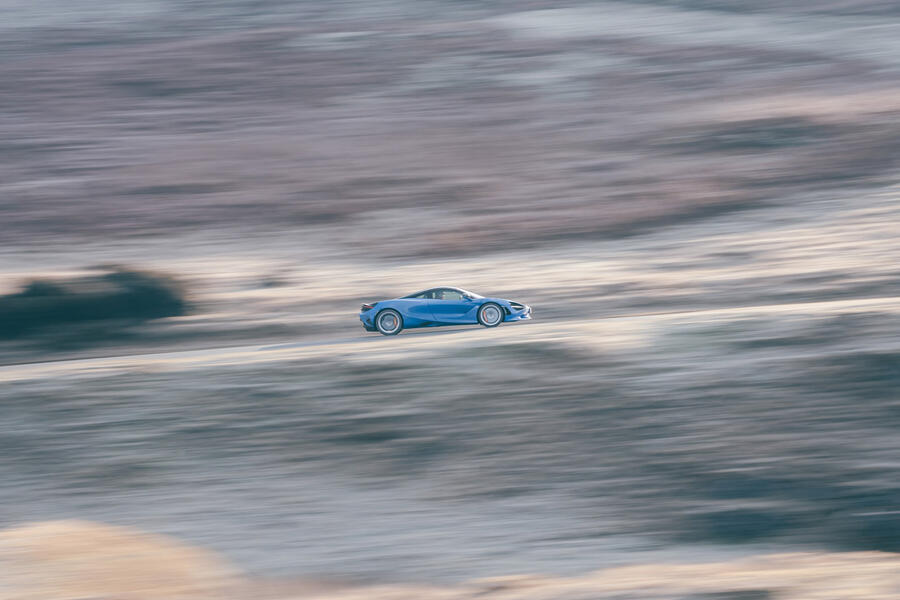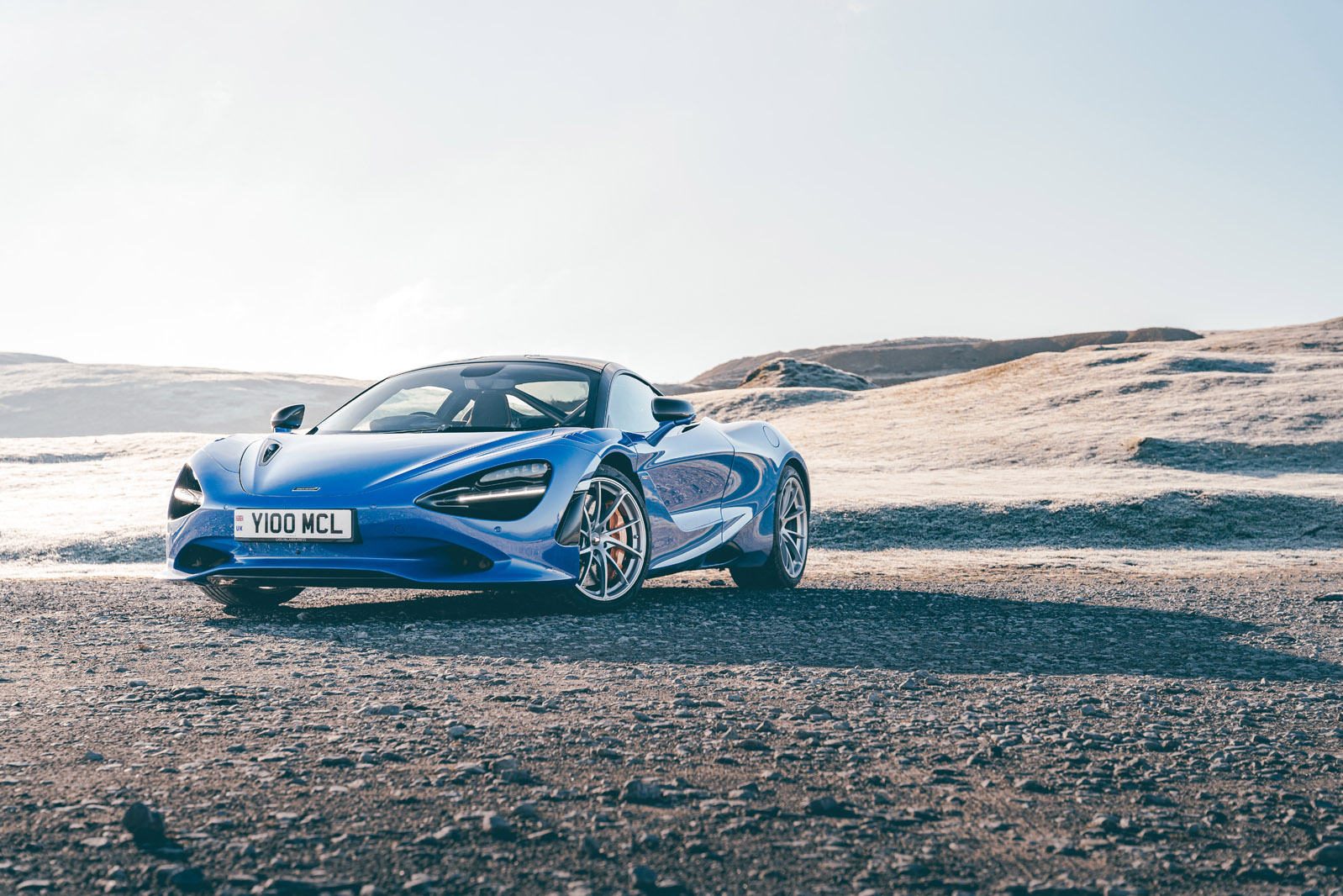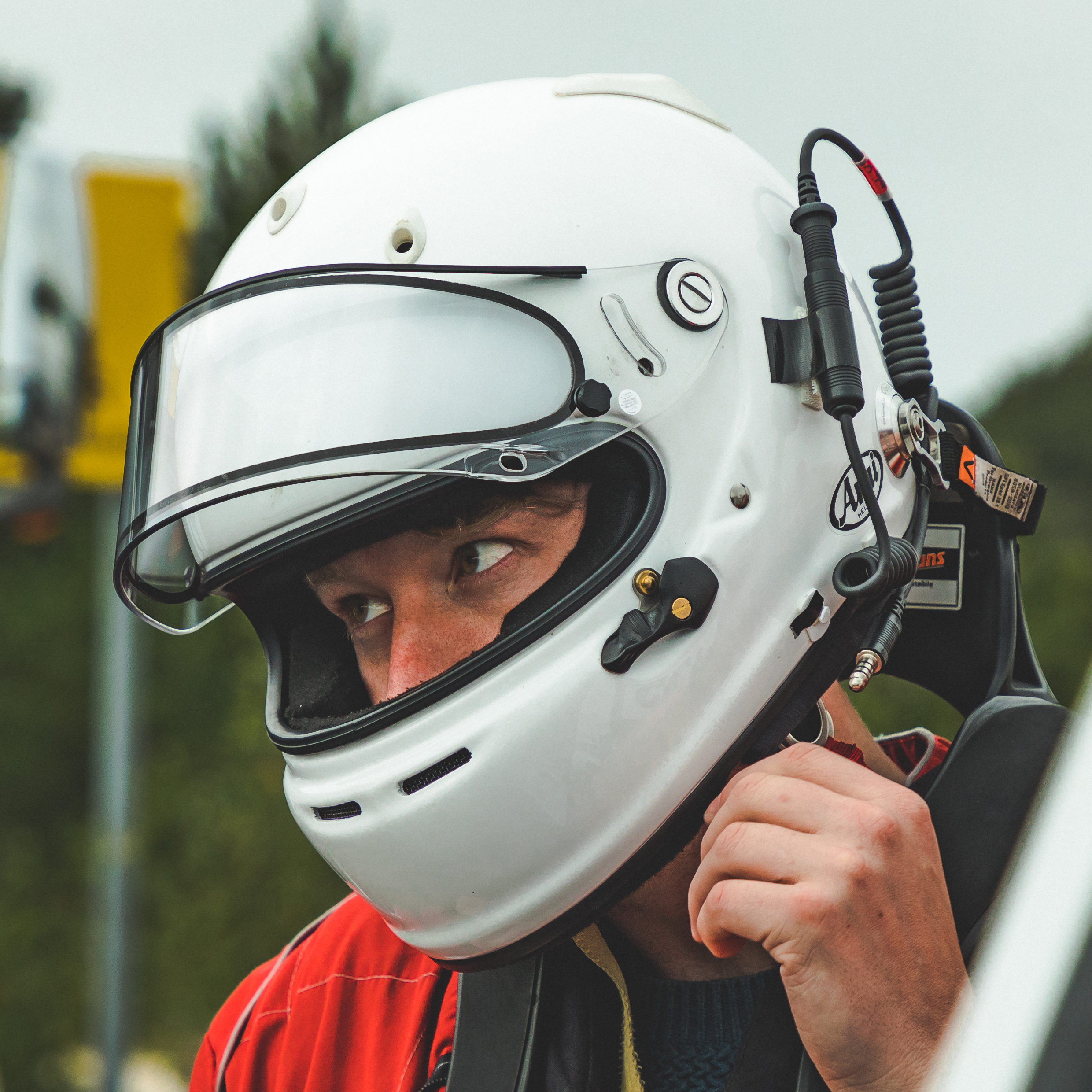Six years have passed since the McLaren 720S arrived – a supercar whose engineers were, at the time, quite open regarding their anxiety over its eventual replacement.
In fairness, they had reason to be. In the 720S, those engineers created an exceedingly light, monumentally potent supercar with class-defying road manners. Talk about a hard act to follow.
Today, we know that the full-bore replacement for the 720S will involve a hybridised V8 powertrain, due to come onstream in a few years’ time. The car to house it is currently being masterminded by new McLaren CEO Michael Leiters (formerly of Ferrari), with fresh styling overseen by Tobias Sühlmann, who is tucking his feet back under his desk in Woking after a short spell at Bentley.
As the successor to the 720S, it will exist as a big brother to the hybridised-V6 Artura and will ring the retirement bell for a model that brought hypercar performance to the supercar realm, putting in quite a shift as goes McLaren’s desire to be a rival to Ferrari.
In fact, in terms of performance at this price point, the Italians have only just outdone the 720S, requiring an 819bhp plug-in hybrid powertrain in the far heavier Ferrari 296 GTB to do so. But the extraordinary 720S isn’t finished just yet, and before its true successor arrives, it has evolved into this, the £244,815 McLaren 750S.

McLaren 750S
TECHNICAL SPECS




